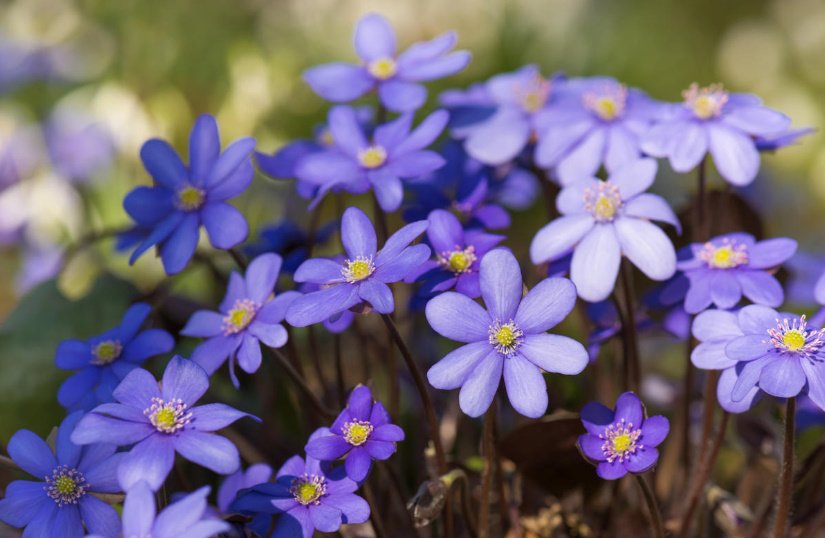
Spring comes to the gardens and forests, and one of the first hepatica blooms. No, the very first, of course, meet the spring crocuses, and after them – here it is: bright blue-purple flowers on the tips of white stamens like dew drops hang. Such a beauty! Still call this flower of the woods.
Botanical information
But from the enthusiastic praise, let’s move on to a more detailed acquaintance with the liverwort. This flower belongs to the family Buttercup, where so many beautiful and early flowering plants. It should be noted that many of our favorite perennials come from this wonderful family.
Genus hepatica small-only about 10 species of perennial herbaceous plants, found mainly in the Northern hemisphere in temperate climates. All of them are primroses growing under the canopy of the forest.
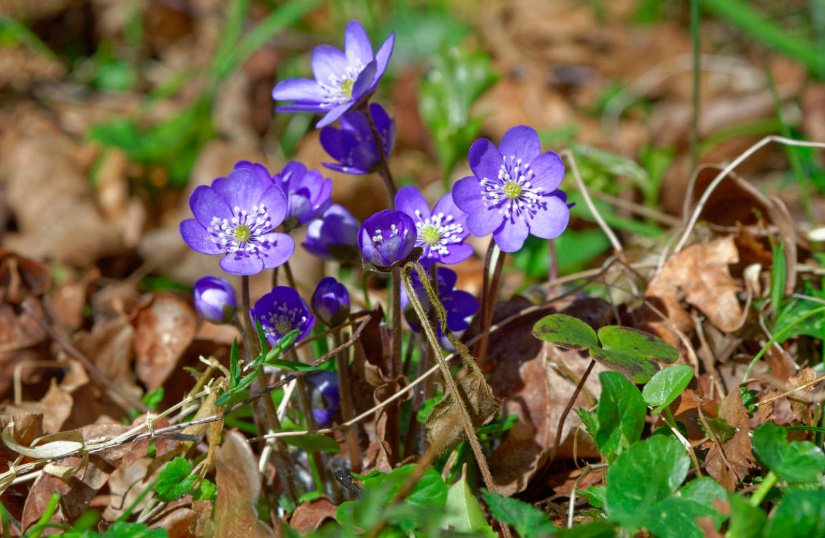
In early spring appear the flowers, with leaves develop. After flowering it is decorated with dark green, almost leathery leaves. The underground organ is a short tuberous rhizome.
The flowers of the liverwort are small-about 2 cm in diameter, have many petals. In the center — stamens, at the ends of which sit like beads – it is typical of many buttercups and very adorns their flowers. Flowering lasts 2-3 weeks, then begin to tie the seeds.
In winter, the plant leaves with green leaves, they begin to die only in the spring, when new leaves are formed in their place. So the old leaves should be cut before the appearance of flower buds to flower showed itself in all its glory.

Gardeners and lovers of beautiful flowers have long noticed this plant, began to grow it in the gardens and create new forms. In Europe, the liverwort began to breed with the XV century, but mainly for medicinal purposes – considered it useful for the liver. The Japanese began to grow for the beauty of the XVII century, and then engaged in the development of new varieties. Now in Japan annually hold exhibitions of flowering liverwort.
Consider some representatives of this genus.
Hepatica nobilis
This species grows mainly in Western Europe.
Hepatica-inhabitant of forests, often — broad-leaved: here, under the crowns of trees and in the soft forest litter it is very comfortable and cozy. Although it is not capricious and can grow in the open sun, and with strong shading. Not likes only raw lowlands with stagnant water. Earth prefers loose and preferably mixed with lime.
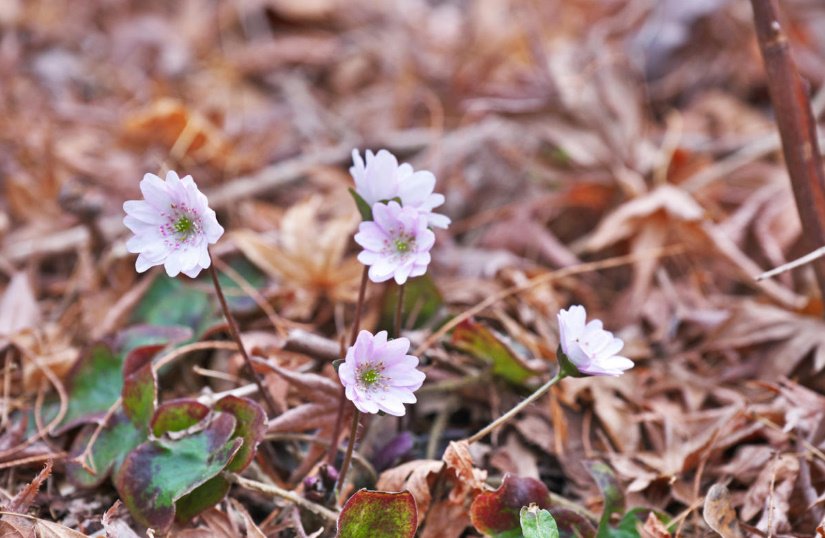
Hepatica nobilis-a very small plant, no higher than 15 cm after flowering begin to actively grow leaves-leathery, three-lobed (someone they seemed similar to the liver, hence the name), on long stalks. They stay on the bushes all summer and go under the snow.
Flowers are single, about 2.5 cm in diameter, abundantly cover the entire Bush. After flowering, the fruit is formed in the form of a nut.
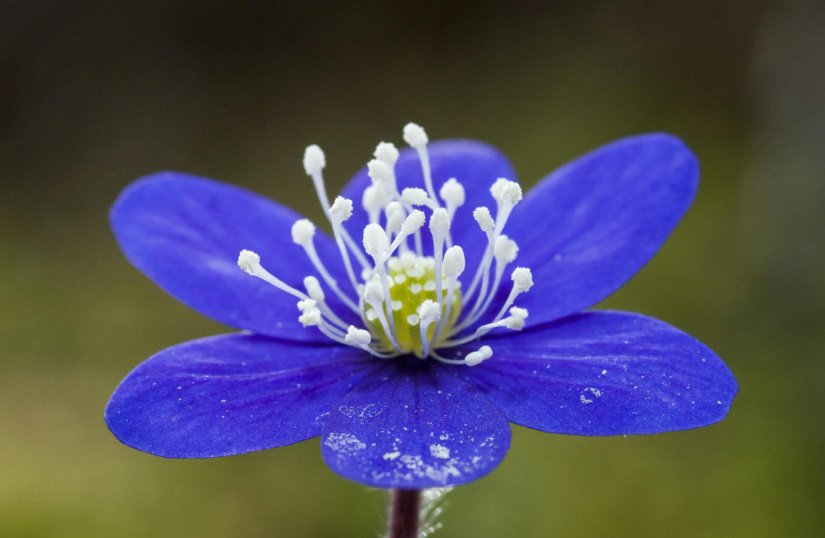
There are such varieties:
- ‘Alba‘-with white flowers;
- ‘Carmine‘ has simple Carmine flowers;
- ‘Elison Spence‘- blue flowers with purple stamens;
- ‘Coerulea Plena‘ – double blue flowers.
Hepatica asiatica
Another species is Hepatica asiatica. In appearance similar to the previous (small plant, the same leaves), but there are differences. When young leaves unfold, they have a pinkish-brown color, from a distance they can be taken for unusual flowers. And the flowers themselves are white or pink color – very beautiful and delicate.
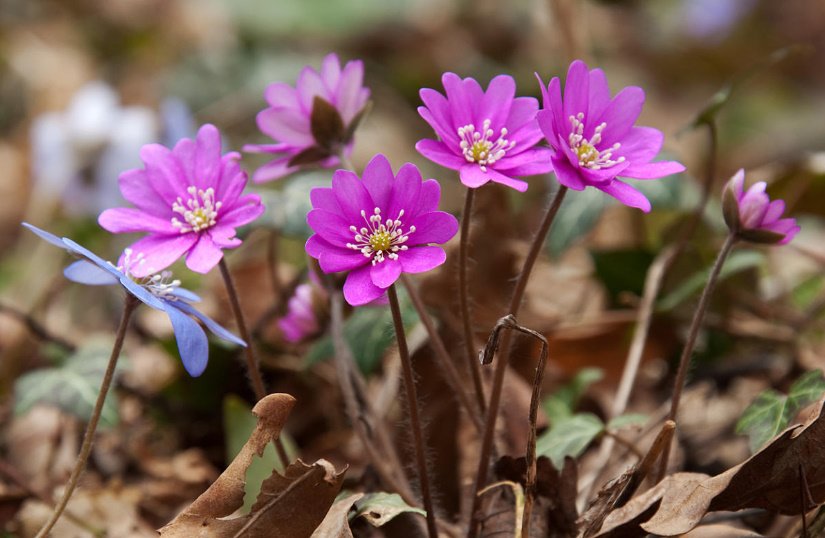
It also grows in forests, blooms in early spring. It is used in culture, but the growth is slow, and the seeds are not formed.
Hepatica transilvanica
The habitat of this species is very limited – it grows in the mountain forests of the Romanian Carpathians. This shade-tolerant and cold-resistant plant forms a very low rosette of leathery leaves of three or five blades with a growth of not more than 10 cm. but in breadth it grows well — up to 20 cm.
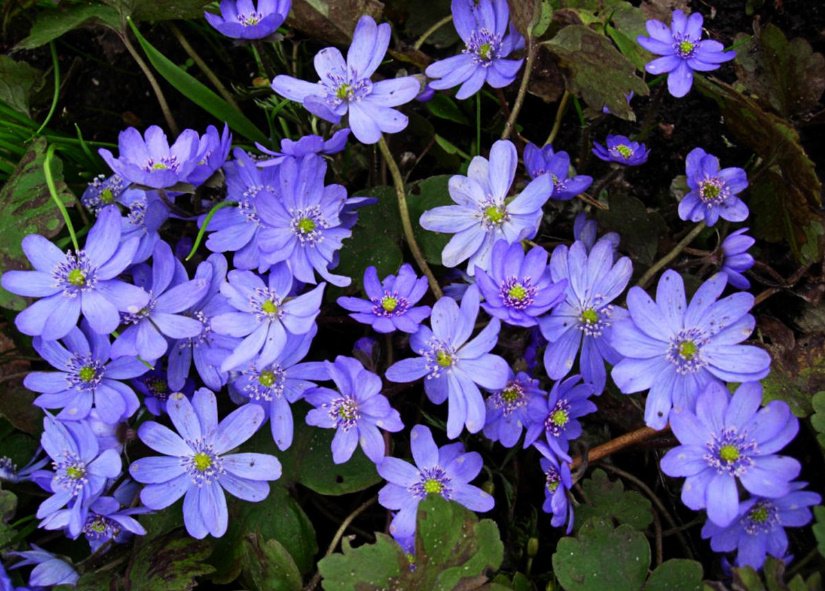
The flowers are much larger than the previous species, from 3 to 4.5 cm in diameter, bright blue color. Blooms in April for about twenty days. Seeds ripen well, can give self-seeding. Garden forms of this species have white and pink and even double flowers.
There are other types of hepatica. For example, Hepatica of Falconer lives in the mountains of Pamir and Kashmir
Growing in the garden
Since the anemones forest dwellers, they like the soil loose and fertile, the composition is similar to the forest that contains leaf mold. In the preparation of this mixture, into the hole for planting should be added a little peat and decomposed pine needles of the spruce forest – Hepatica like slightly acidic soil.

Plants are planted at a distance of 20 cm. After planting, the Bush is watered, mulched with peat or compost.
In the future, the care of plants is simple. Only in hot weather, it is necessary to water and in time to weed out weeds. Before the onset of winter bushes should be mulched better.
Division
Every 5 years, the plants need to be divided and planted, better in July or August. The liverwort grows quite dense Bush, which becomes slightly larger every year. However, it is bad to form daughter processes, so the division is carried out as follows: the plant is dug up and carefully divided into parts of the rhizome so that each preserved 2-3 buds.
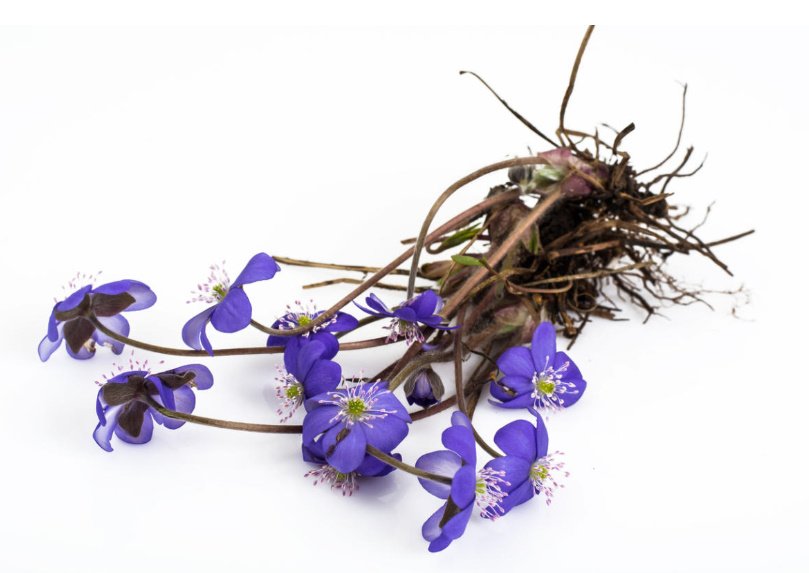
Planted must be watered and it would be good to make a shade. The next year after transplantation, new plants bloom.
Seed reproduction
In June-early July, the hepatica seeds ripen, they should be collected and sown fresh in a shaded place in moist soil. They can germinate more than one year. It happens that the plants give self-seeding. Terry forms of seeds do not form and reproduce only vegetatively.

What is interesting, in nature on one Bush formed not so many flowers, up to about 15, but in the garden – up to 150 on one plant!
Where to plant
Very well it will feel among the trees. For example, it can be placed under Apple trees or other fruit, but only if their branches do not fall to the ground.
In the open area, the liverwort will also grow well, only it needs to be planted in loose forest soil and watered more often. On the Alpine hill it will look in harmony with other low plants – here it is better to place not at the top, but at the foot.
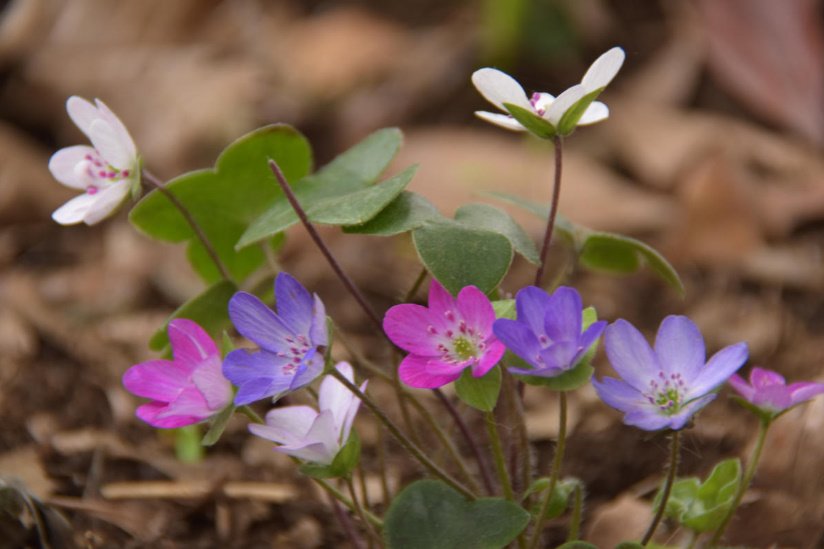
Of course, all spring flowers will make a worthy company to the liverwort. Plant a eve in your garden, and on cloudy spring days she will look at you with heavenly blue eyes of her delicate flowers and fill with joy and beauty.


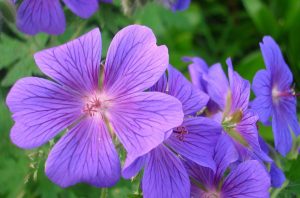

Leave a Reply